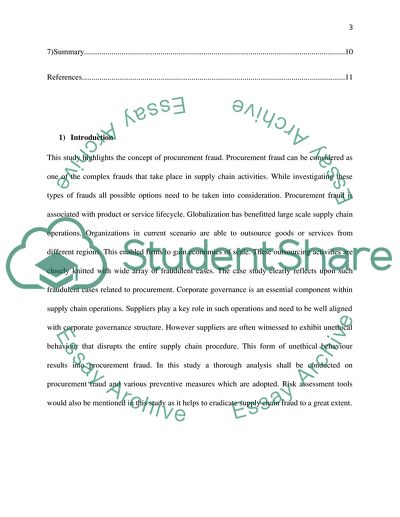Cite this document
(Purchasing and Distribution of Procurement Fraud Book Report/Review, n.d.)
Purchasing and Distribution of Procurement Fraud Book Report/Review. Retrieved from https://studentshare.org/marketing/1861804-purchasing-and-distribution-kroll-global-fraud-report-20132014
Purchasing and Distribution of Procurement Fraud Book Report/Review. Retrieved from https://studentshare.org/marketing/1861804-purchasing-and-distribution-kroll-global-fraud-report-20132014
(Purchasing and Distribution of Procurement Fraud Book Report/Review)
Purchasing and Distribution of Procurement Fraud Book Report/Review. https://studentshare.org/marketing/1861804-purchasing-and-distribution-kroll-global-fraud-report-20132014.
Purchasing and Distribution of Procurement Fraud Book Report/Review. https://studentshare.org/marketing/1861804-purchasing-and-distribution-kroll-global-fraud-report-20132014.
“Purchasing and Distribution of Procurement Fraud Book Report/Review”, n.d. https://studentshare.org/marketing/1861804-purchasing-and-distribution-kroll-global-fraud-report-20132014.


